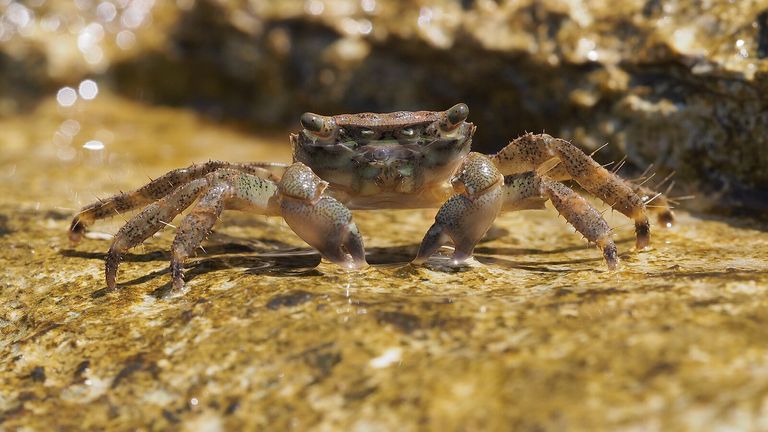Various Animals Are Turning Into Crabs, And Scientists Say More Could Follow
Crabs are well-known for their flat and rounded shells, fearful sharp pincers, and a tail that is most often folded underneath their body. What’s most interesting, though, is their particular body set-up appears to be evolutionarily desirable. Indeed, scientists know for a fact that this configuration has evolved a minimum of five times among decapod crustaceans, a category that includes crabs and similar species like lobsters and shrimp. This process has been titled carcinization, and it keeps happening. But now boffins are wondering whether other species of animals will effectively turn into crabs in the millennia to come. Could we one day see crab-like humans?
It all started with a meme
Interest in crabs and indeed carcinization really skyrocketed back in October 2020 thanks largely to a very 21st-century way of communicating ideas — and most often jokes — online. We are, of course, talking about memes.
Well, this particular entry into the increasingly deep meme catalog impishly hinted that due to the process of carcinization, all of Earth’s living things will eventually evolve to become crabs — not excluding us human beings!
A meme with some basis in reality
But whereas many memes have little basis in fact or reality, this particular one — and many of those that were inspired by it and followed in its wake — does have a degree of scientific merit. Evolution, it seems, is really proud of its handiwork in creating the body of the crab, and wants to replicate it again and again.
But could it really happen? Could human beings eventually evolve into being crabs? Whiloe you’re probably right not to be entirely convinced on that point, equally this evolutionary trend is really fascinating. So, let’s take a look at the history of carcinization, and where it all started.
Defining carcinization
To begin with, we should properly define what carcinization is. Or more accurately, we’ll let an expert do that for us, as perhaps we are not quite the evolutionary science and biology boffins that we might wish to be!
Carcinization is a form of convergent evolution. That is, a process “whereby distantly related organisms independently evolve similar traits to adapt to similar necessities,” as scientist Masanori Kasahara wrote in his 2010 study Progress in Molecular Biology and Translational Science. Think of bats and birds: they’re clearly quite different animals, but they both have shared characteristics such as wings.
Origin of the term
The term itself can be traced back over 100 years to 1916 when English biologist and zoologist L.A. Borradaile first introduced it into the scientific lexicon. Borradaile studied crabs and the morphological evolution of decapods into “false crabs.”
Borradaile noted that carcinization was “one of many attempts by nature to evolve a crab.” The carcinization process has also been referred to as “brachyurization,” but the former seems to have superseded that term in defining the process Borradaile described.

